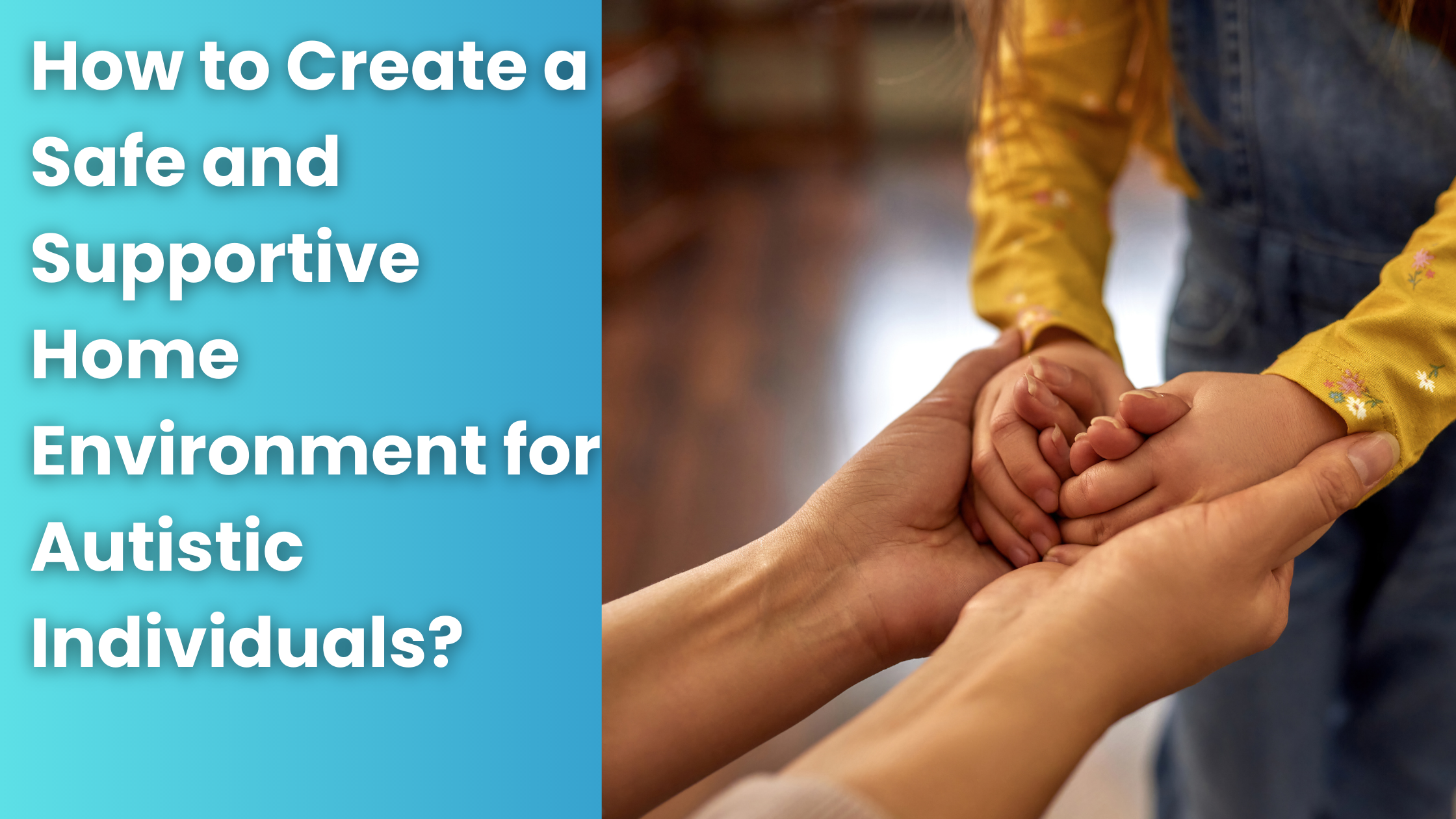
How To Create Autism-Friendly Home?
admin
- 0
Introduction: Autism-friendly Home
As parents and caregivers of autistic individuals, providing a safe and supportive home environment is of utmost importance in Autism early intervention.
A well-designed and nurturing home can significantly enhance the well-being and development of autistic individuals.
In this blog, we will explore essential strategies to create a safe and supportive home environment, with a expert suggestion of best autism centre in Bhubneshwar, renowned for its expert guidance and effective interventions.
How to create an autism-friendly environment?
Sensory-Friendly Spaces
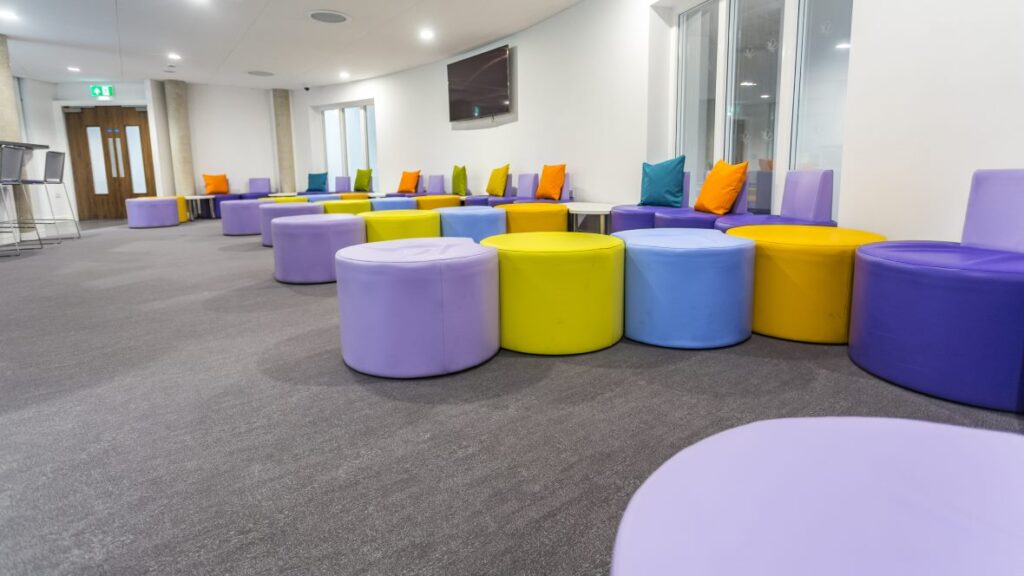
Designating sensory-friendly spaces within the home is crucial for autistic individuals. Create calm and quiet areas where they can retreat when feeling overwhelmed. Consider using soft lighting, noise-cancelling headphones, and sensory toys to create a soothing atmosphere.
Understanding the Cost of Autism Treatment: What You Need to Know
Visual Supports
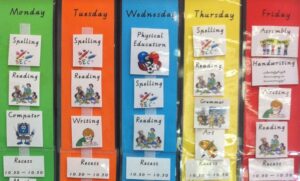
Implement visual supports, such as visual schedules, picture-based communication boards, and social stories, to enhance communication and understanding. The best autism centre in Bhubneshwar emphasizes the use of visual supports in both therapeutic settings and home environments.
Safety Measures
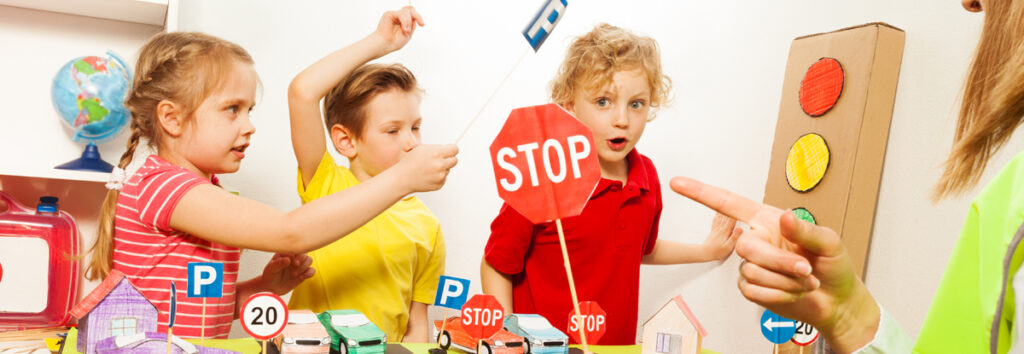
Ensuring safety is paramount. Install childproof locks, safety gates, and secure furniture to prevent accidents. Keep hazardous items out of reach and label important areas to aid in navigation.
Predictability and Routine
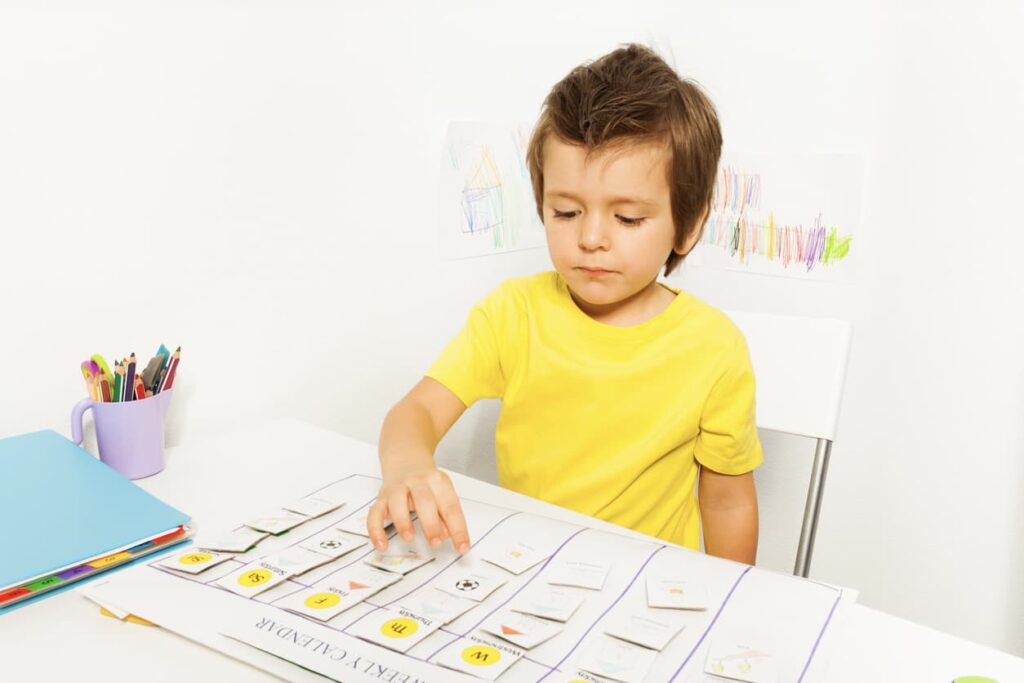
Establishing a predictable daily routine brings a sense of stability for autistic individuals. The best autism centre in Bhubaneswar emphasizes the importance of consistent schedules, helping individuals prepare for transitions and activities.
Positive Reinforcement
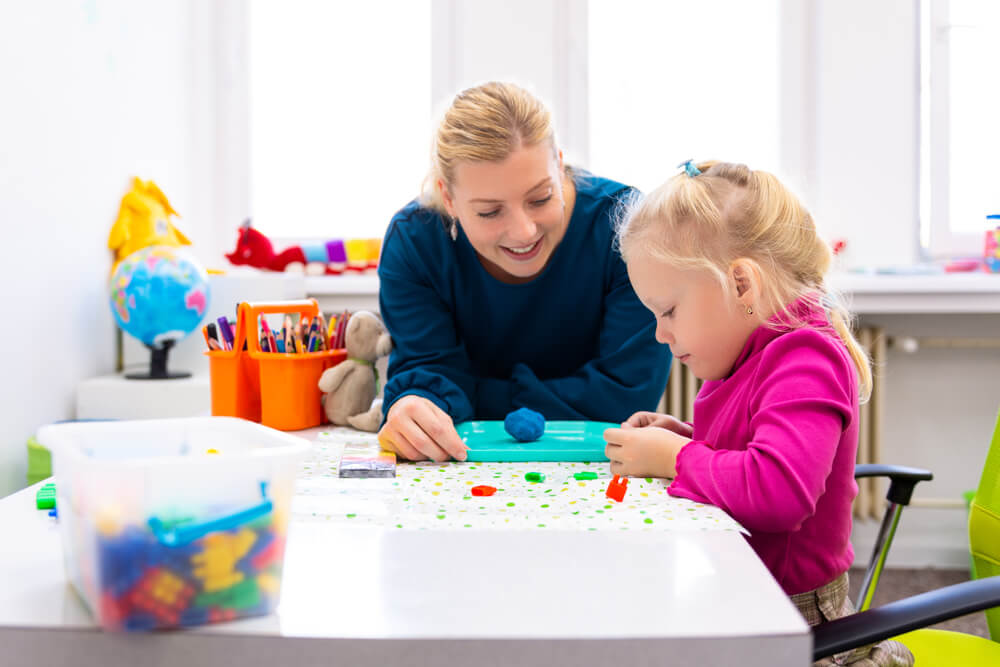
Use positive reinforcement techniques to encourage desired behaviors and accomplishments. Celebrate achievements, no matter how small, to boost confidence and motivation. A best physiotherapy clinic in bhubaneswar provides the best positive therapy to autistic children.
Calming Strategies
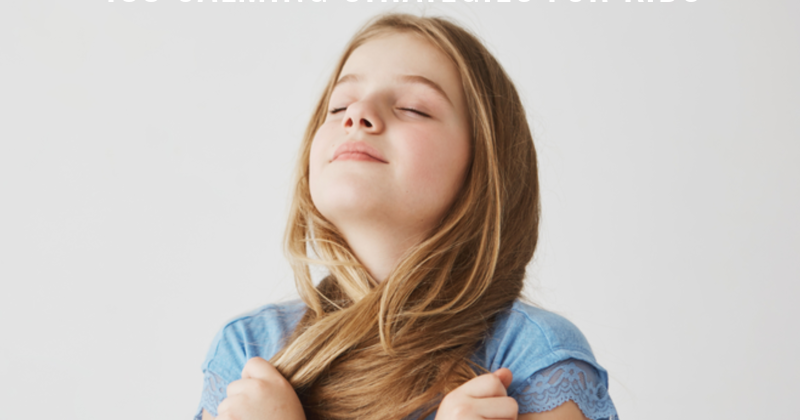
Help autistic individuals develop effective calming strategies to manage anxiety and stress. Deep breathing exercises, fidget toys, and sensory tools can be invaluable in promoting emotional regulation.
Communication and Social Interaction
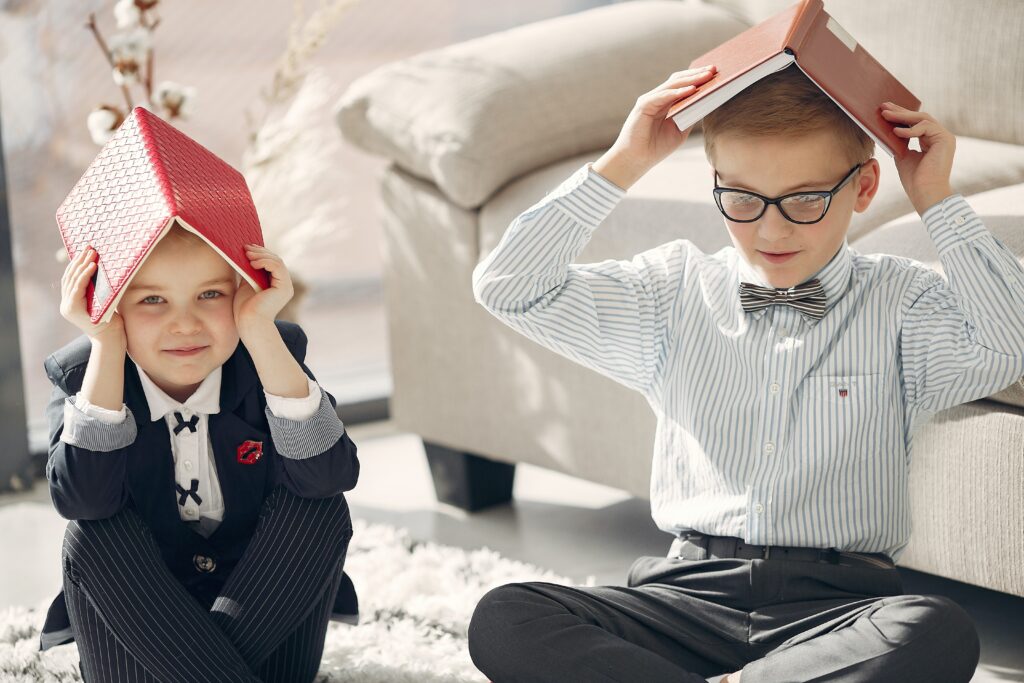
Encourage communication and social interaction within the family. Engage in activities that promote bonding and shared experiences, fostering a supportive and understanding home environment. You can consult with best hearing centre in Bhubneshwar.
Quick Autism-friendly Environments Checklist
Sensory Considerations:
✅ Ensure adequate lighting that is not too bright or harsh.
✅ Minimize loud noises and provide quiet areas for relaxation.
✅ Use soft and calming colors on walls and furniture.
✅ Offer sensory-friendly materials like fidget toys or weighted blankets.
Visual Supports:
✅ Use visual schedules to outline daily routines and activities.
✅ Implement visual cues and labels to assist with navigation and organization.
✅ Provide visual instructions or social stories to explain new or challenging situations.
Safety Measures:
✅ Childproof the environment to prevent accidents and injuries.
✅ Install safety gates and locks to restrict access to potentially dangerous areas.
✅ Remove or secure hazardous objects or substances.
Predictable Routines:
✅ Establish consistent daily routines to provide a sense of predictability.
✅ Offer advance notice of any changes in the schedule.
✅ Use timers or alarms to signal transitions between activities.
Positive Reinforcement:
✅ Use praise and positive reinforcement to encourage desired behaviors.
✅ Offer rewards or tokens for completing tasks or following instructions.
Calming Spaces:
✅ Designate quiet areas where individuals can retreat when feeling overwhelmed.
✅ Provide sensory items like bean bags or soft cushions for comfort.
✅ Allow access to calming activities, such as drawing or listening to calming music.
Communication Support:
✅ Use clear and concise language when communicating.
✅ Encourage alternative communication methods like gestures or picture cards.
✅ Practice active listening and give individuals ample time to respond.
Social Interaction:
✅ Offer opportunities for social interaction and play with peers if desired.
✅ Encourage family members and peers to be understanding and patient.
✅ Foster social skills through structured activities or playgroups.
Accessibility and Organization:
✅ Arrange the environment in a tidy and organized manner to reduce clutter.
✅ Ensure easy access to frequently used items and resources.
✅ Create clear pathways and avoid obstacles that may cause difficulties in navigation.
Flexible Spaces:
✅ Design spaces that can be easily adapted for different activities.
✅ Allow for personalization and individualization of spaces to cater to preferences.
Empathy and Understanding:
✅ Foster an environment of empathy and understanding among family members and peers.
✅ Educate others about autism to promote acceptance and support.
Best Autism Centre In Bhubneshwar
Creating a safe and supportive home environment for autistic individuals is a journey that requires patience, understanding, and dedication. join best physiotherapy centre in Odisha.
By incorporating sensory-friendly spaces, visual supports, safety measures, predictability, positive reinforcement, calming strategies, and nurturing communication, families can cultivate an best environment for autistic child.
For professional guidance and expertise in autism intervention, the best autism centre in Bhubneshwar serves as an invaluable resource, empowering families to provide the best care for their loved ones on the autism spectrum.
Book your FREE Consultation with margdarsi.org
[saswp_tiny_multiple_faq headline-0=”h4″ question-0=”How do I make my home autistic friendly?” answer-0=”Create sensory-friendly spaces, use visual supports, establish predictable routines, and prioritize safety measures.” image-0=”” headline-1=”h4″ question-1=”What is the best environment for autism?” answer-1=”A calm, sensory-sensitive space with visual cues, consistent routines, and understanding support.” image-1=”” headline-2=”h4″ question-2=”What is a safe room for an autistic child?” answer-2=”A secure and calming space where the child can retreat to manage sensory overload or distress.” image-2=”” headline-3=”h4″ question-3=”What do autistic children enjoy?” answer-3=”Preferences vary, but many enjoy structured activities, sensory play, and special interests.” image-3=”” headline-4=”h4″ question-4=”What are 3 positives of autism?” answer-4=”Unique strengths, creativity, and attention to detail are often observed in autistic individuals.” image-4=”” headline-5=”h4″ question-5=”Is autism life long?” answer-5=”Yes, autism is a lifelong neurodevelopmental condition but it can be cured with multi-modal therapy.” image-5=”” headline-6=”h4″ question-6=”What makes an autistic child happy?” answer-6=”Understanding and acceptance, engaging in preferred activities, and feeling supported.” image-6=”” headline-7=”h4″ question-7=”What is the future of an autistic child?” answer-7=”With proper support and interventions, autistic individuals can achieve personal growth and success.” image-7=”” headline-8=”h4″ question-8=”What is the best treatment for autism in the world?” answer-8=”A multidisciplinary approach, including therapies, early intervention, and individualized plans.” image-8=”” headline-9=”h4″ question-9=”Why is autism a beautiful thing?” answer-9=”Autism brings diverse perspectives, strengths, and unique contributions to the world. ” image-9=”” count=”10″ html=”true”]


